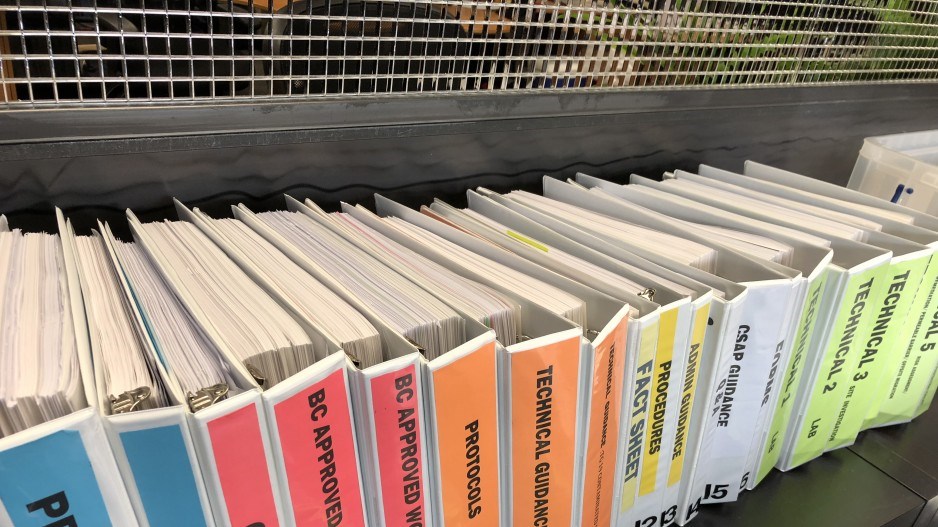After the most recent update, B.C.’s Contaminated Sites Regulation (CSR) now covers 20,000 pages, and the costs to meet the requirements continue to increase, according to companies hired to decipher how the rules apply to real estate developers and owners.
On November 1, 2017, Stage 10 omnibus amendments to the CSR came into effect. It updated more than 8,500 environmental quality standards. The amendments changed concentrations deemed harmful for a broad range of contaminants and added a significant number of new ones.
This threatens to further complicate land development and discourage developers from investing in contaminated site redevelopment.
“This meant that work before that date would become non-compliant overnight. This caused environmental consulting companies to rush over 100 submissions before the deadline to grandfather their work and avoid additional costs for their clients,” said Harm Gross, a biologist and president of Next Environmental of Burnaby.
The new regulations “are likely to add further delays and costs for property owners and developers seeking to develop, purchase or sell land deemed polluted,” Avison Young noted in its Fall 2017 Metro Vancouver Industrial Overview report on the subject.
Overall, the new regulations are meant to streamline the cleanup of polluted sites, said Jason Wilkins, a contaminated-sites approval expert with Hemmera Envirochem Inc. of Vancouver. He noted that contaminated-site cleanups in Vancouver date back to the sale of Vancouver’s Expo 86 lands more than 30 years ago.
“The process is the same, only some standards have changed.”
The regulations are applied project by project and largely depend on what was previously on the land and what is now being built on it.
Sites polluted with metal will face greater scrutiny, for example, because of more exacting standards for drinking water.
Raminder Grewal, president of Keystone Environmental of Burnaby, said that many of the dissolved-metal standards have become more stringent, which could result in developers facing higher overall remediation costs. Developing old gas station sites, for instance, could become much more complex under the new rules.
“There are a few hydrocarbon groundwater standards that have become more stringent for service stations that could result in increased cost for delineation and an increase in the potential for contamination to have migrated off-site,” said Grewal.
The updated regulations introduce new soil standards for low- and high-density residential development.
The standards are more stringent for low-density housing than for higher-density residential, said Adam Way, an associate with Harper Grey LLP, an environmental law group in Vancouver. There are also separate rules for the construction of parking lots attached to any development, with specific rules for above- and below-ground parking.
Gross said simply trying to follow the myriad regulations, especially on mixed-use projects that can include commercial, residential and parking, can skew estimated remediation costs.
“With regulations in flux and frequent changes in rules, the potential for accurately predicting costs for site remediation projects [is challenging].”
Gross noted that at one commercial site the actual cost was $15 million lower than the estimate.
“Technical experts are often loath to accept responsibility for cost estimates for fear of finding undiscovered contamination, running into regulatory snafus or overlooking issues which later prove substantial,” he said.
Gross added that unreliable cost estimates are prevalent in the environmental consulting industry.
He said his company has taken the “unprecedented step” of offering fixed-price quotes at each step of investigation and remediation in a bid to eliminate cost uncertainty for clients.
“Time will tell if this measure spreads to other firms,” he said.
Developers are scrambling to keep up with the new regulations.
Jason Tonin is vice-president of land development with Beedie Developments, which is transforming the 89-acre Fraser Mills industrial site in Coquitlam into a mixed-use development that will include industrial space, retail, offices, about 4,000 multi-family units, and various levels of parking.
“It’s a concern that the goalposts have moved,” Tonin said. “It is done for the betterment of the community, but, unfortunately, it is sometimes to the detriment of development timing or opportunities.”




